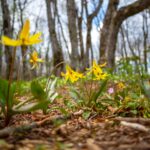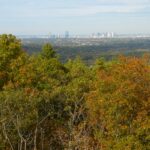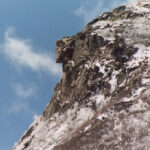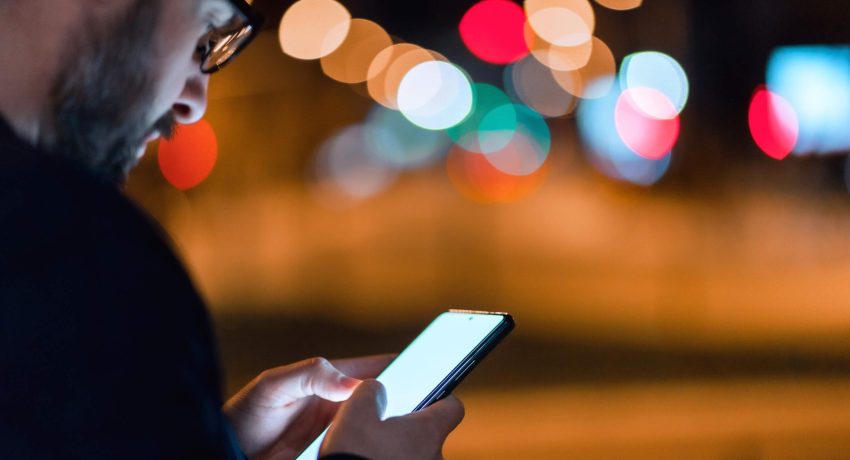
The Hidden Impact of Blue Light: How It Affects Both Humans and Wildlife
Life on earth is shaped by the sun and its supreme dance across our sky. It is nature’s grand metronome, perpetually setting her rhythms. All of life has adapted to her schedule – including us.
But our contemporary habits have fallen out of sync with nature’s rhythm. The artificial lights that flood our evenings and the LED screens that we hold just inches from our faces at night are shifting our internal clocks and harming our sleep and our health.
By saturating our nights with blue light, we’re disrupting our body’s internal clock, known as the circadian rhythm.
But what does that mean for you and me?
And what does it mean for the wildlife whose rhythms have been disrupted by our unnatural illumination of the natural world?
Read on to learn more about blue light and how it affects our health and the wellbeing of the creatures we share this planet with – and some tips on how to restore harmony between your body and the natural world.
The good news is that nature’s clock keeps ticking, and we can adjust our routines to get back in sync with it any time we choose.
What is blue light?
Blue light is high-energy, short-wavelength light that can come from both natural and artificial sources. Sunlight is the primary source of blue light, but it’s also emitted by digital screens like phones, computers, LED lights, and fluorescent bulbs.
During the day, natural blue light from the sun is essential for our health. It boosts our mood by triggering the secretion of serotonin, enhances our cognitive function, and keeps us alert and awake. The problems arise when we are exposed to artificial blue light, especially at night.
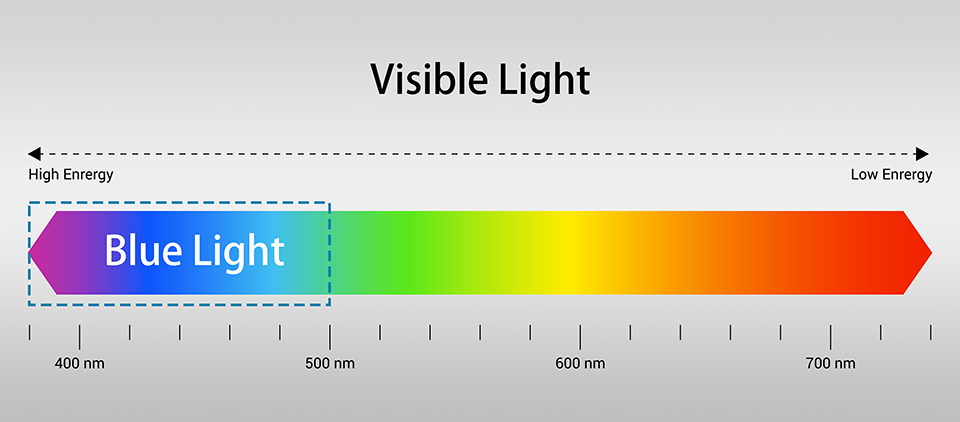
The impact of blue light at night:
Our sleep is not the only thing that suffers from over-exposure to blue light.
Everything – from our cognitive function and hormone secretion to our metabolism and heart rate – is intricately connected to the natural day-night cycle. Exposure to sunlight in the morning invigorates us and increases serotonin levels in our brains. As the sun sinks below the horizon and floods our slice of the globe with red and orange hues, our brains inundate our bodies with melatonin to prepare for sleep and recovery.
Excessive exposure to blue light, especially from artificial sources at night, can disrupt our circadian rhythm by triggering photoreceptors in the retina that send signals to our brain to suppress melatonin — the hormone responsible for making us feel sleepy.
Because our circadian rhythm responds to light changes in our environment, extending our exposure to blue light past sunset — when blue light naturally dissipates from our environment — disrupts the circadian rhythm by giving our body false wakefulness cues.
Harvard researchers conducted an experiment comparing the effects of 6.5 hours of blue light exposure to that of green light with similar brightness. They found that blue light suppressed melatonin for about twice as long as the green light and shifted circadian rhythms by twice as much.
Over time, sleep disruption can result in chronic health conditions like diabetes, obesity and depression. Circadian rhythm disruptions may even increase our risk of cancer and disease. And we know that when our sleep suffers, we are more prone to anxiety, difficulty focusing, difficulty regulating our moods … the list goes on.
How to reduce blue light exposure at night:
- Use dim, warm lighting in the evening hours and avoid bright, overhead lighting past sunset. This will also help create a cozier ambience in the evening. Imagine our ancestors, for whom the setting sun signaled the end of a day. A flickering campfire or dimly lit candle could extend their waking hours, but the soft glow of fire was far more sleep-inducing than LED screens and fluorescent lights. This is the kind of environment our bodies need us to recreate. You can explore Pinterest for ideas and inspiration on ambient lighting.
- Today, most smart devices offer settings that dim the screen from dusk till dawn. If you’re an iPhone user, try Night Shift — this feature is also available for other Apple devices.
- Adopt a bedtime routine that involves a gradual darkening of your sleep environment. That may require putting your phone away 1-2 hours before bed and picking up the book by your bedside instead.
Animals need the dark
Our modern, urban lifestyles have dramatically changed our relationship with the 24-hour cycle of light and dark – but our constant need for illumination isn’t just affecting us.
Wildlife around the world have been deeply affected by the artificial glow of our industrialized world. For migratory birds that use the stars to navigate at night, our lights are blinding, disorienting and can even be fatal. In the United States, an estimated 300 million to 1 billion birds are killed due to collisions with artificially lit buildings every year.

Nocturnal animals, which are adapted to low-light conditions, may find it difficult to hunt or forage under artificial light, making them more vulnerable to predators or reducing their food intake. Studies have found that small mammals, such as mice, consume less food in areas illuminated by artificial light, supposedly to reduce the risk of attracting predators.
For the sake of our health and the health of our planet, it’s vital that we restore darkness at night. Dark nights are in themselves a natural gift that we’ve deprived ourselves of. For too long, our artificially lit world has obscured the canvas of stars above us. By restoring darkness at night, we can reconnect with this natural wonder and once again dream among the stars.

